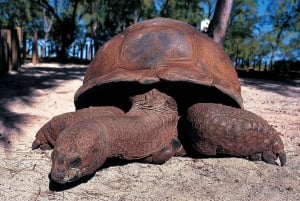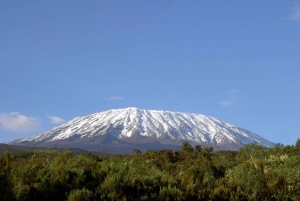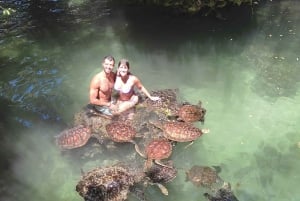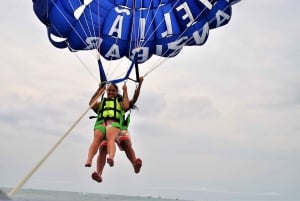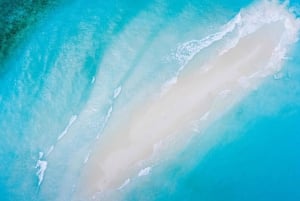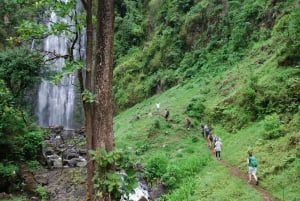Ruaha National Park
Some safari goers want nothing but vast plains, nothing but miles of bush and a plethora of animals. For those travellers, the wide vistas, impressive game viewing, and sparse visitors of Ruaha National Park are a dream.
At over 10,000 square kilometres, Ruaha is the largest national park in the country, located west of Iringa in the Eastern Rift Valley. The Great Ruaha River borders the park to the east, fertilizing the semi-arid topography during the torrential rainy season. During the dry season, the waters of the park recede, leaving only precious pools to satisfy both predators and prey. During the dry season, the park can look like a lifeless mass of dirt and rock, but look closer – an impressive variety of game animals make their home in the park.
Ruaha has one of the highest diversities of antelope in Tanzania, including one of the country’s largest populations of the magnificent greater kudu. The greater kudu is one of the largest antelope species and is known for its impressive twisting horns. Along with many other antelope species, the greater kudu is hunted in Ruaha by large prides of lion and solitary cheetahs and leopards. One of Ruaha’s crowning glories is the large packs of African wild dogs, one of the most endangered animals in the region. Hyenas are also spotted in the park.
As with most Tanzanian parks, a remarkable number of bird species are found in the park – some 450. The convergence of acacia grassland and semi-arid bushland make Ruaha a meeting place for birds from a variety of habitats.
Getting There
Ruaha is 128 kilometres (80 miles) west of Iringa. Scheduled and charter flights to the park itself are available from Iringa, Dar es Salaam, Selous, Arusha and Mbeya. The park can be reached by road from Iringa, and Iringa is accessible year-round by road from Dar es Salaam (10 hours) and Dodoma.
Staying There
Camping facilities and private luxury tented accommodation is available within the park, as well as a park-owned resthouse. Outside the park there are also various lodges.
What To Do
Ruaha is particularly well suited to day walks and hiking safaris. Near Iringa lies Isimila, one of the most important Stone Age historical sites in Africa. Found in the 1950s, the tools found at the site could be up to 100,000 years old.
When To Go
For game-viewing, the best time to go is the dry season (mid-May – December), when receding water draws animals together. Wet season (January – April) is excellent for birdwatching and wildflowers



